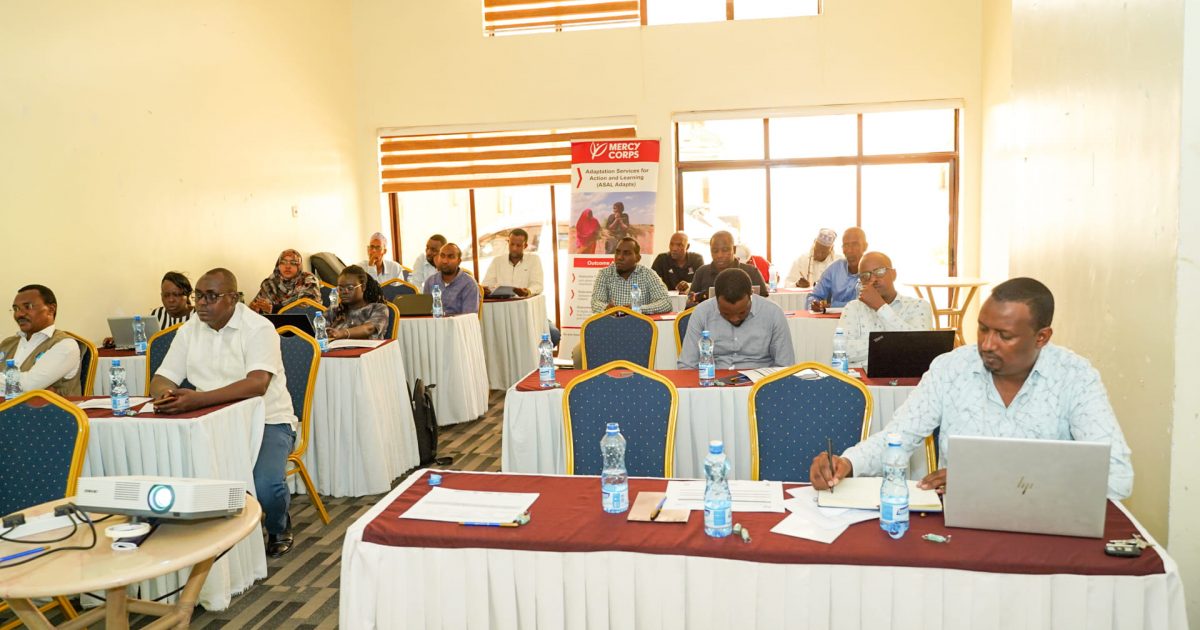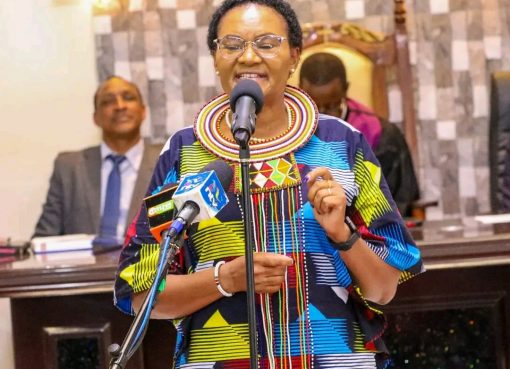Garissa County Government has started the process of reviewing the Livestock Marketing Bill and the Rangeland Management Bill drafts, which are set to offer an enabling environment for the development and regulation of the livestock industry in the county.
The Livestock Bill seeks to promote and coordinate the participation of the local communities in the county in local-level governance and facilitate the proper management of livestock and livestock products marketing facilities in the county.
It further organizes market intelligence amongst stakeholders in the livestock production value chain in the county and improves revenue collection and management from marketing facilities.
Speaking during a stakeholders’ workshop, county director for livestock development Dr. Haret Hambe said the adoption of the final drafts of the two bills will create order, bring clarity, and regulate aspects of some crucial areas in the county livestock sector.
“These bills will ensure that our local livestock sector and livestock products remain competitive and sustainable while enhancing the sector’s contribution to the country’s economy,” Hambe said.
Hambe asked stakeholders to interrogate and strengthen the bill before external validation is conducted, saying they have mobilized the requisite resources and expertise to deliver on this process on time.
He thanked Mercy Corps and USAID through the Livestock Marketing Systems for their contributions to supporting the drafting and review of the bill.
On his part, Mohamed Yassin, Mercy Corps NRM Advisor, said the development of this bill is part of the implementation of the constitutional provisions providing for laws to align with the constitution.
“Mercy Corps supports the development of this bill, fully aware that the sector employs 50 per cent of the agricultural labour force, with over 10 million Kenyans living in the Arid and Semi-Arid Lands (ASALs) deriving their livelihood largely from livestock,” he said.
By Latifa Hassan and Hassan Abdullahi




